Knock Knock.
Who’s there?
Dr.
Dr Who?
Dr Data, taking over healthcare!
Although everyone loves a great knock-knock joke, the massive influx of AI-themed technological advancement into healthcare is fast spiralling beyond the wildest dreams of all and sundry. Science fiction movies did good justice in painting a good picture of what we can expect to see in the future of healthcare, keeping tech savvy millenials and health enthusiasts eager to discover the next big thing in the health niche.
Every piece of information we ever came and will ever come across while surfing the web is data. It’s a “Data revolving world” because every living thing contributes to big data in one way or the other. Structured and unstructured data from numerous streams like search data, social media platforms and other sources, all make up Big Data, and it sounds quite interesting how AI comes into the picture. Artificial Intelligence is a branch of Computer Science responsible for simulating human intelligence in machines. The process of training these machines with human intelligence is machine learning while deep learning ensures that these trained machines thoroughly imitate human intellectual capacity in decision making processes. Artificial Intelligence draws information from Big Data utilizing a number of algorithms to make decisions and come up with smart solutions to solve problems. When properly coded, the problem solving abilities of AI is flawless and devoid of human error, leading to satisfactory results.

AI In Healthcare
When it comes to ameliorating human health through accurate diagnosis, treatment, management and prevention of sickness, trauma and disease; no field does it better than Healthcare. This fascinating field, relies solely on the delivery of care to patients by passionate health professionals within the various strata of the health niche who work long hours all round the clock to ensure better outcomes – which is evident even as the world recovers from the corona virus pandemic.
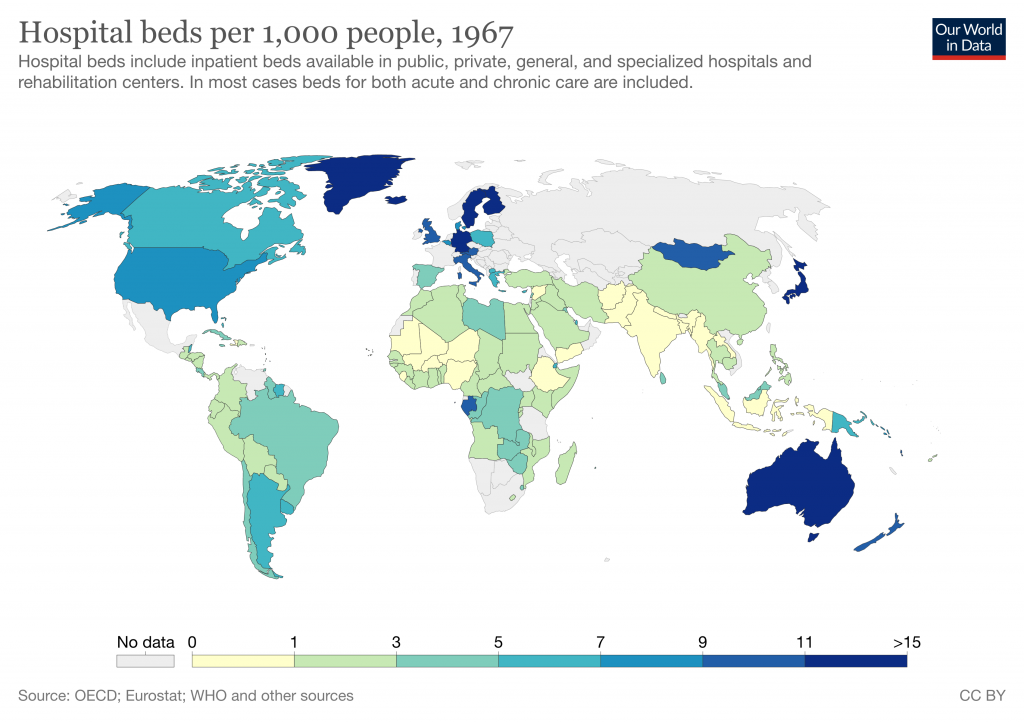
The Future Healthcare Journal by the Royal College of Physicians London, confirms early studies that the application of Artificial Intelligence in Healthcare is made possible by the massive influx of data within the field. From the accurate diagnosis of adverse conditions, to the mapping out of an effective treatment plan, and the astute dispensation of administrative tasks, the number of potentials neatly tucked beneath the loins of the “AI-Healthcare blend” is unlimited. For a long period of time, a number of execution dynamics remain a limiting factor, regardless, the field of health technology keeps growing at a fastidious pace with increased recognition and acceptance.
Researchers at the Harvard Medical School are currently working on making AI models that can draw valuable insights from the avalanche of available data from the past two decades in a number of clinical specialities, the ultimate objective is to create a system that has a senior medical students’ clinical analysing ability – this is strong proof that the implementation of AI in healthcare has evolved past the initial intention of just helping medical scientists identify bacteria and recommend the appropriate antibiotic dosage best suited for a patient’s body weight.
Healthcare Areas Utilising Artificial Intelligence
The healthcare niche is one of the fields from a wide array of sectors having a “fun-filled day” with artificial intelligence and robotics. Take a look at how AI is rapidly changing how healthcare is done.
Medical Education
This area provides the foundational basis upon which technological advancement in healthcare is built. Medical education encompasses the education and training given to students in the various areas of the healthcare field to make them better equipped to enhance optimal health and improve the quality of life of individuals. A quick google search on “AI in Medical Education” will result in a number of articles where medical researchers are constantly working on ways to incorporate technology into the medical field to accomplish better outcomes.
Most health systems around the world are coming up with strategies to blend innovative technologies like artificial intelligence, robotics and digital medicine into patient care delivery starting from the grass root of medical education; this will greatly impact how the medical curriculum is tailored in years to come.
In fact, it is part of the NHS Long-Term Plan to train medical students and existing clinicians with data analytics, electronic medical record, biosensors, and smart health apps to utilize the numerous amount of data while creating a more holistic and patient centred care.
The University of California, San Francisco is leveraging on virtual patients and virtual reality along with text books and hands on training to teach medical students about the human body. Apart from helping medical students better understand the inter relationship between different parts of the body, this approach is less expensive than using real humans, causes no harm to human patients and provides an accurate assessment of students performance in good time.
AI In Clinical Diagnosis
In a report by the British Medical Journal, close to 12 million people in the United States are affected by medical diagnostic error every year. The number of worldwide deaths spanning from this error is quite alarming. AI is able to quickly pick up the smallest anomaly from the tiniest cell in the body which most medical diagnostic techniques can’t detect and as a result, is able to reduce to the barest minimum every aspect of medical diagnostic error ranging from human mistakes to flawed diagnostic procedures.
As AI continues to find its way into the world of medical diagnosis, clinicians will rely heavily on it to make better diagnosis of disease and will need to develop competencies with these tools to improve diagnostic output. We now have a number of AI diagnostic tools that are tailor made to detect specific ailments
- Beth Israel Deaconess Medical Centre AI-enhanced Microscope
Using AI-enhanced microscopes, Doctors at Harvard University’s teaching hospital, Beth Israel Deaconess Medical Centre are able to diagnose deadly blood diseases early with 95% accuracy. By using 25,000 images of various blood samples, the machines learnt how to detect bacteria in blood samples.
- Freenome AI Early Cancer Detection
Freenome AI Early Cancer Detection screens blood samples to detect cancer in its earliest phase. Freenome aims to use this technique at general screenings to detect cancer cells early on before they spread and become very harmful.
- Buoy Health AI Symptom and Cure Checker
This medical device uses algorithms to detect, diagnose and treat diseases. This 2 in 1 Checker has a chatbot that listens to the patient’s health complaints and symptoms and suggests a treatment plan. This diagnostic tool is used by Harvard Medical School and a host of hospitals.
- Enlitic Deep Learning Tool
Ranked by MIT as the 5th smartest artificial intelligence company in the world, Enlitic developed a deep learning tool that analyses medical data (patient’s medical history, blood tests, radiology images, genetic makeup, and electrocardiogram) to help doctors streamline diagnosis.
- Zebra Medical Vision Radiology Assistant
Is an AI-enabled assistant that analyses and scans images and passes on this information to radiologists to enable them make better diagnosis.
Robotics-Assisted Treatment
Beyond making accurate diagnosis, AI tools are well equipped to use patients’ data and result from test to come up with an effective treatment plan. We now have a number of robot assisted surgeries helping doctors carry out a number of under-the-knife procedures from minimally invasive surgical procedures to the more complex ones. Robots have shown a high level of precision far above humans’ in creating a new kind of surgery. The robot in most cases, is equipped with a camera, a surgical instrument and a mechanical arm. The surgeon while seated, directs other team members using information from the magnified view of surgical site – which the human eyes cannot see and controls the mechanical arms of the robot using a computer console. Patients from robot assisted surgeries recover faster with less pain and suffer minimal complications compared to surgeries performed by human hands. See five examples of how robots are changing the surgical space.
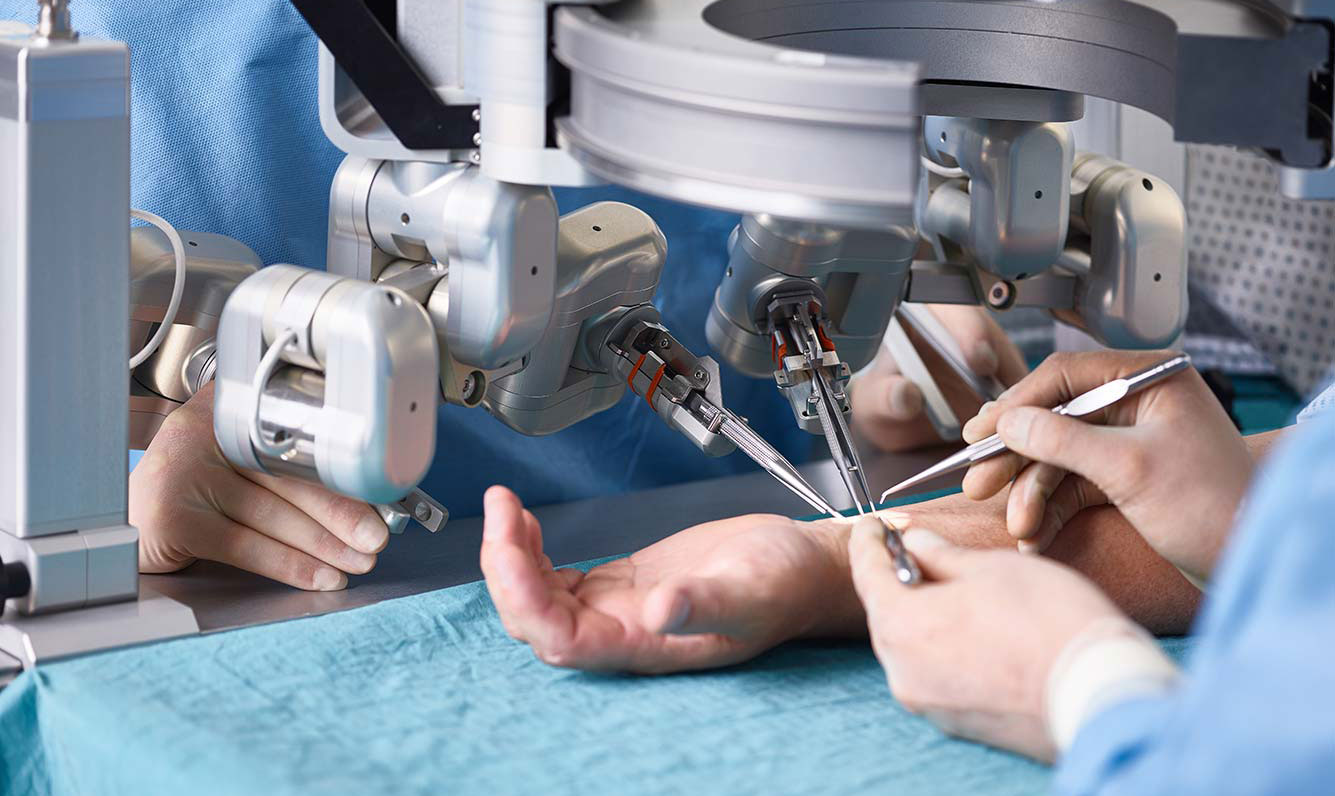
- Carnegie Mellon University Heartlander
Designed to improve heart therapy, this minute robot developed by the robotics department of Carnegie Mellon University administers therapy by entering the chest through a small cut and adhering itself to the surface of the heart. The Heartlander as it is fondly called is the first of its kind.
- Microsure Surgical Precision Robot
This precision robot uses a motion stabilizer system to help improve Surgeon’s accuracy and performance during surgeries of the lymphatic system thereby reducing the risk of human error in this type of complicated surgery.
- Mazor Robotics
This robotics has won the hearts and successfully earned its spot among spinal surgeons who use its 3D tools to read images, identify anatomical landmarks in the spine and view surgical plans.
- Auris Health Endoscopy Robot
Using cutting edge technologies in Data Science, AI, micro-instrumentation and endoscope design, Auris Health was able to design a number of robots to help doctor clearly view internal organs.
- Vicarious Surgical Virtual Reality Robots
Surgeons can now perform a detailed internal exploration of a patient’s body while carrying out minimally invasive surgeries utilizing the AI and the virtual reality that comes with this special tech device.
Patient Centred AI Follow-up Care
Patient care never ends with treatment and for most health conditions, follow up care is vital even after treatment to monitor outcomes and ensure that optimal health is achieved. Nisarg Patel, the CEO of Memora Health while attending Harvard Medical School noticed that many patients were readmitted back to the hospital due to lack of support systems for at-home follow up care. Out of passion to reduce readmissions and improve at-home follow up care, Patel Invented “Felix” – an AI based system. Felix monitors post treatment outcomes, communicates directly with patients through text messages, identify patients with high risks and triage ill patients reducing the burdens of health workers.
Also, Telehealth has made the transfer of patients’ information to physicians before each follow up visit and even home monitoring better. Patients can now schedule a follow-up video call, get physical therapy using digital monitoring devices and communicate changes in health outcomes, from the comfort of their homes, all thanks to Telehealth. This area is currently seeing explosive growth due to the mandated stay at home orders and lockdowns caused by covid.
So Should We Fear AI?
Medical Researchers working alongside AI and Robotic Engineers are optimistic that AI will perfectly master the health domain and carry out tasks efficiently. Clinicians need not fear for their roles, because rather than replace human clinicians, AI is here to assist them. Even as the world can’t wait while anticipating the wonder of the “AI-Healthcare blend”, it’s no longer Science fiction, AI is transforming healthcare right before our eyes.

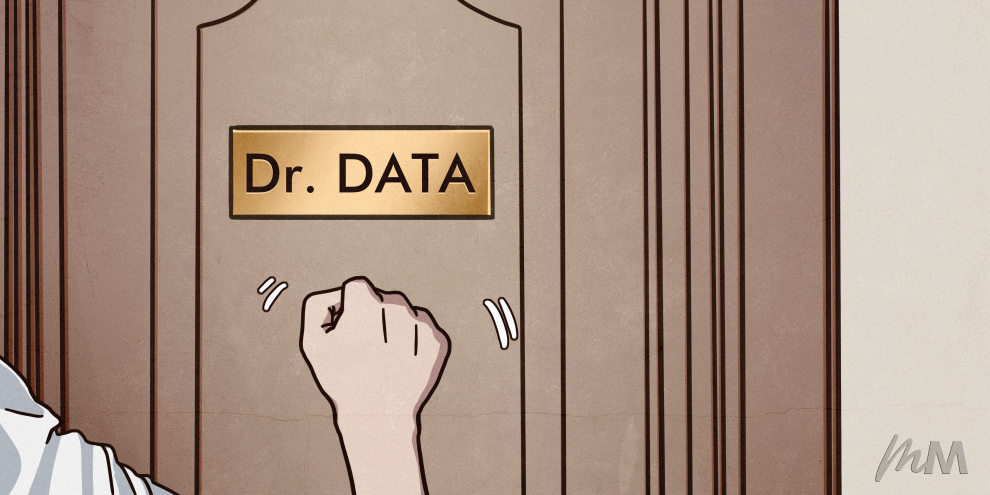


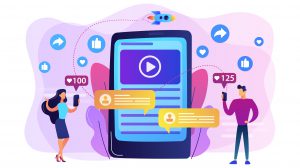


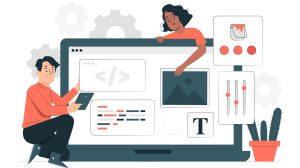
Add Comment